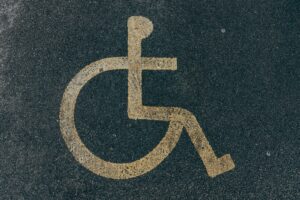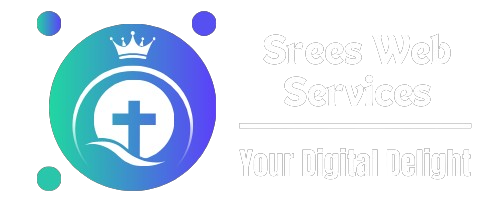Introduction

Web accessibility ensures that websites are usable by everyone, including individuals with disabilities. Designing for accessibility not only meets legal and ethical standards but also broadens your audience reach and improves overall user experience.
Guidelines



Overview of WCAG
The Web Content Accessibility Guidelines (WCAG) provide a set of recommendations for making web content more accessible. These guidelines are categorized into four principles:
- Perceivable: Information and user interface components must be presentable to users in ways they can perceive.
- Operable: User interface components and navigation must be operable.
- Understandable: Information and the operation of the user interface must be understandable.
- Robust: Content must be robust enough to be interpreted reliably by a wide variety of user agents, including assistive technologies.
Best Practices

Tips for Making Websites Accessible
- Alt Text for Images: Provide descriptive alt text for all images, allowing screen readers to convey the information to visually impaired users.
- Keyboard Navigation: Ensure that all website functions are accessible via keyboard, accommodating users with motor impairments.
- Color Contrast: Use sufficient color contrast between text and background to aid users with visual impairments.
- Resizable Text: Allow users to resize text without breaking the layout, supporting those with low vision.
- Accessible Forms: Label form elements clearly and provide error messages that are easy to understand.
Tools


Accessibility Testing Tools
- WAVE: The Web Accessibility Evaluation Tool (WAVE) helps identify accessibility issues directly within your web content.
- Axe: Axe is an accessibility testing tool that integrates with browsers and provides detailed reports on accessibility issues.
- Lighthouse: Google Lighthouse includes accessibility audits that provide actionable insights for improving web accessibility.
Conclusion

Ensuring your website is accessible is crucial for inclusivity and compliance with legal standards. By following WCAG guidelines, implementing best practices like providing alt text, ensuring keyboard navigation, and using accessibility testing tools such as WAVE and Axe, you can create a more inclusive web experience. Embrace accessibility in your design process to ensure your website is welcoming to all users.
Start implementing these practices today to make your website more accessible and inclusive!








